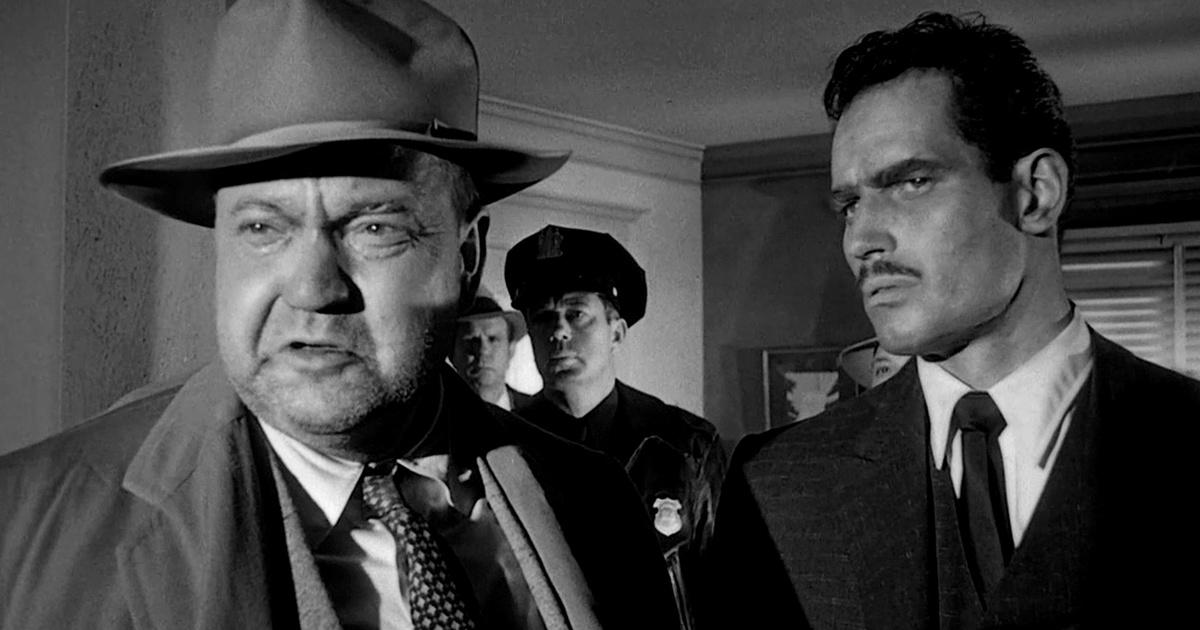ENG0088
Film Noir and the American Tradition
Selected Films (Film, Director)
- The Maltese Falcon, Hurston
- Murder, My Sweet, Dmytryk
- Double Indemnity, Wilder
- Out of the Past, Tourneur
- The Third Man, Reed
- Kiss Me Deadly, Aldrich
- Touch of Evil, Welles
- Odds Against Tomorrow, Wise
- Devil in a Blue Dress, Franklin
- Lost Highway, Lynch
- A History of Violence, Cronenberg
- The Dark Knight, Nolan
Course Description
This course explores film noir as a profoundly American cinematic tradition that emerges from the fascination with evil that accompanies the fantasy of American innocence, a fascination rooted in the racial crimes at the origin of the nation. We will read film noir as an expression of the contradictions that structure U.S. society–contradictions between law and self-determination, between social collectivity and individualism, between Puritanical strictures and capitalist amorality. These contradictions inform film noir as a genre about incoherence, moral ambiguity, and the inevitability of interpretative doubt. The racial and ethnic subtexts of the genre will be examined in terms of film noir’s response to perceived threats to the social dominance of white, heterosexual, cis-gendered men. Those same threats make the femme fatale, the figure on whom the crisis of interpretation tends to focus, and the queered man, the foil who frequently serves as the femme fatale’s accomplice, central to the sexual anxiety that permeates these films. Linking these narratives of corruption, betrayal, and forbidden desires to issues raised by feminist, queer, and psychoanalytic theory, this course will engage the tensions that continue to shape our national psyche and our cinematic imagination
Lee eldeman, course description, sis
‘Doing Shots’ Weekly Discussion Posts
These are weekly ‘blog’ style discussion posts for the films we watch each week. Each post will be organized with the week number, the film name, and the corresponding director(s).
The posts should analyze a single still within the film for its composition, lighting, and other techniques. Then, connect the still to the film’s holistic themes or its societal implications.
-
Week 9: Touch of Evil, Orson Welles
For this week’s discussion post, I was intrigued by the mention of a dream-like state, or the unconscious versus the conscious within the film. Notably, it was this scene at 1:07:00 in which Mike Vargas confronts Hank Quinlan and other American policemen on Quinlan’s planting evidence and dynamite. I wanted to point out the framing…
-
Week 8: Kiss Me Deadly, Robert Aldrich
For this week’s Doing Shots, I wanted to focus on the scene when Mike Hammer visits Carmen Trivago, friend of the deceased Nicholas Raymond, at the Hill Crest Hotel (56:00). For context, Hammer believes Trivago may have some information on Raymond’s death, who and why they would kill him. Hammer watches Trivago sing to an…
-
Week 7: The Third Man, Carol Reed
For this week’s ‘Doing Shots’ assignment, I wanted to point out this parallel between scenes: At 59:00 in the movie, Holly shows up drunk at Anna’s apartment and Anna gets out of bed, puts on her robe, and opens the door. Then at 1:10:00 in the movie, the international police show up to arrest Anna…


